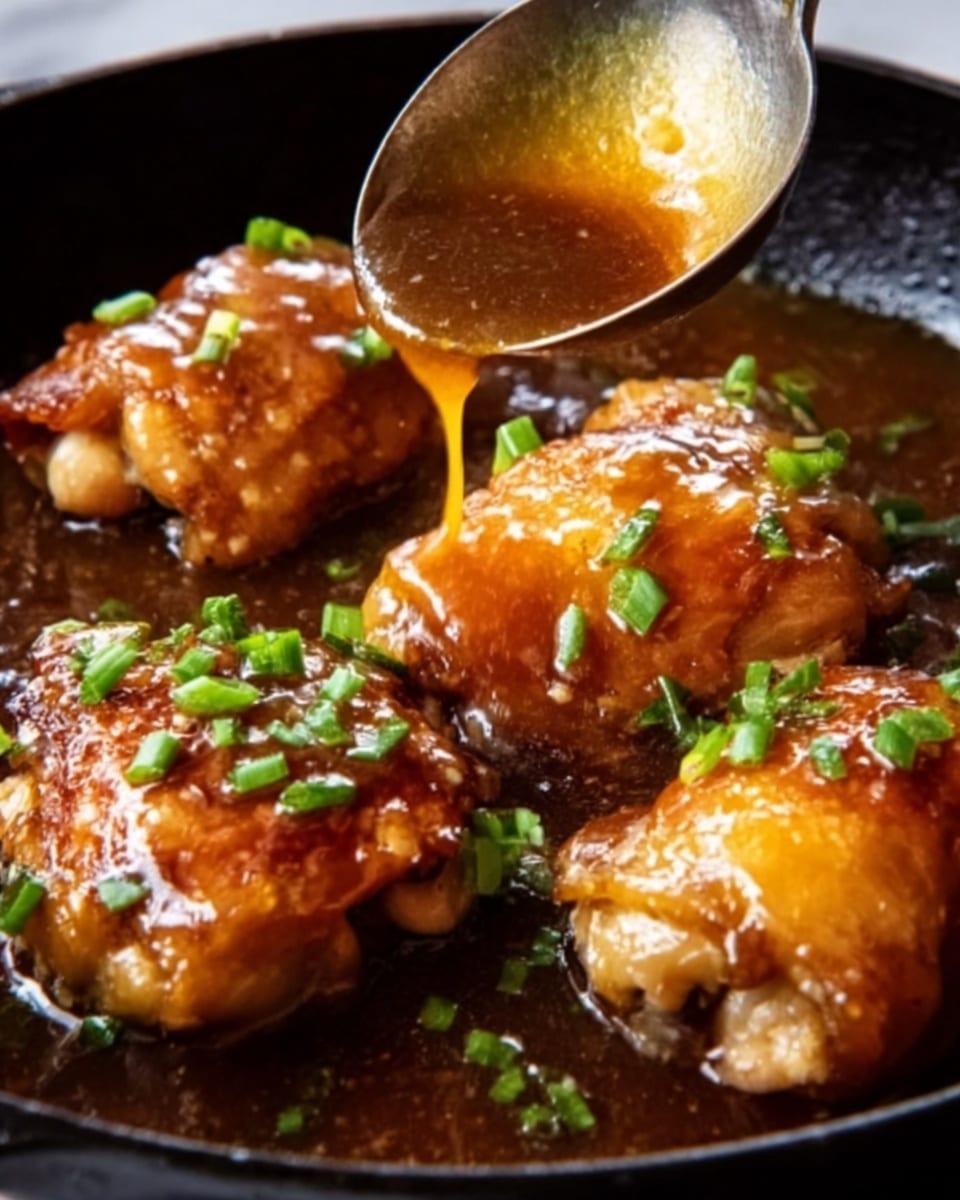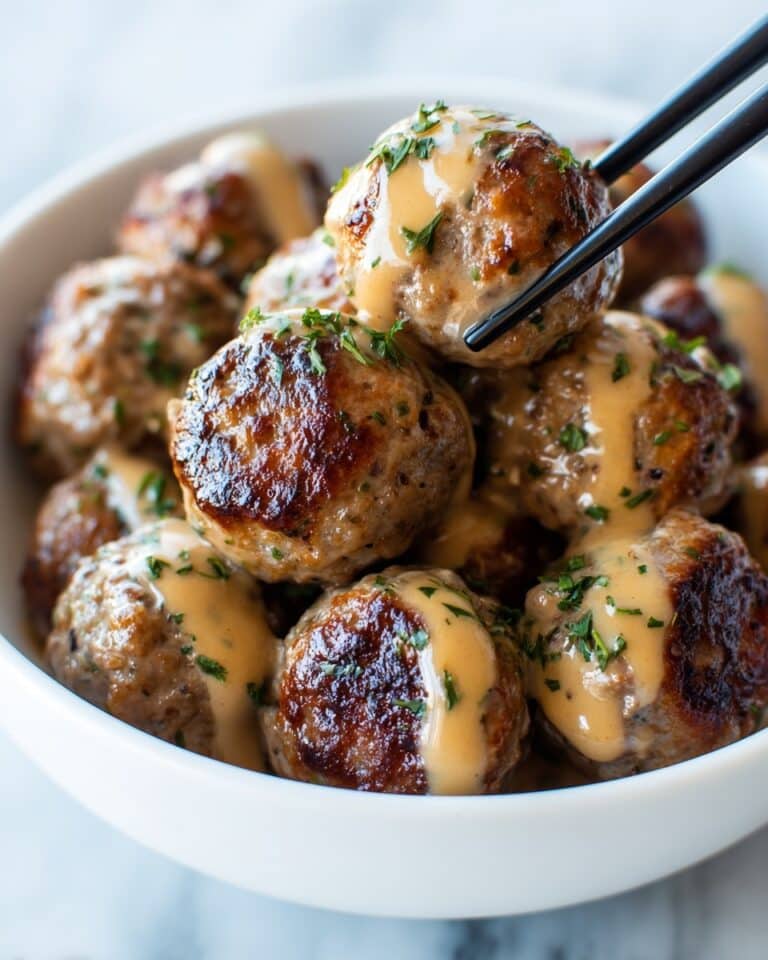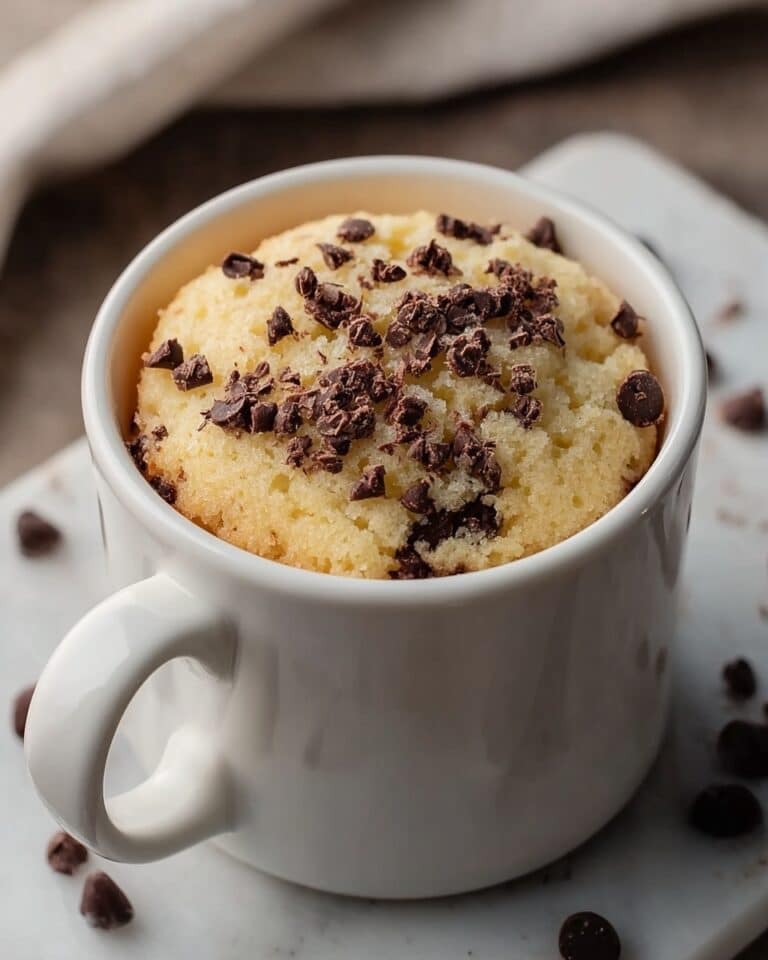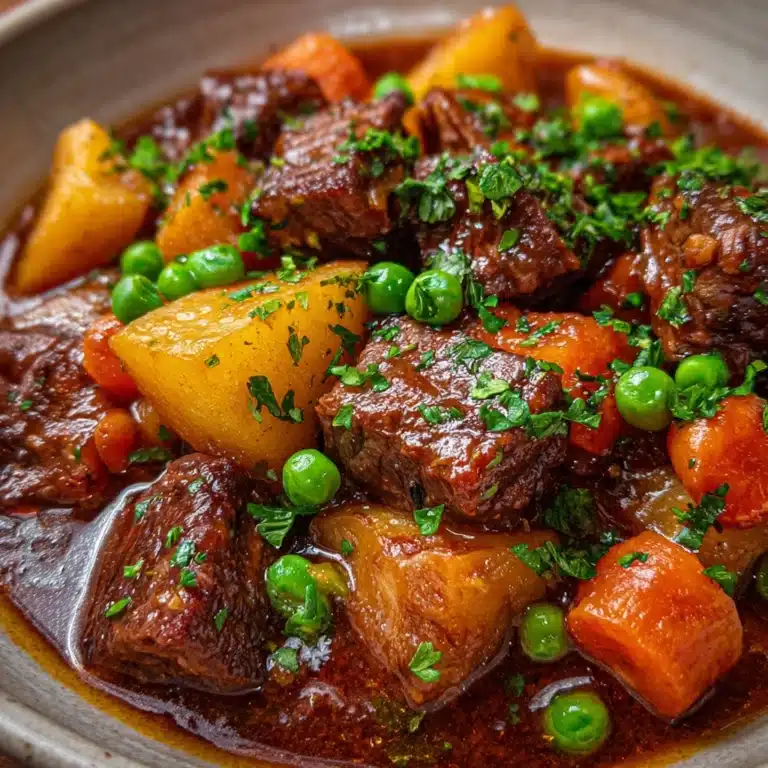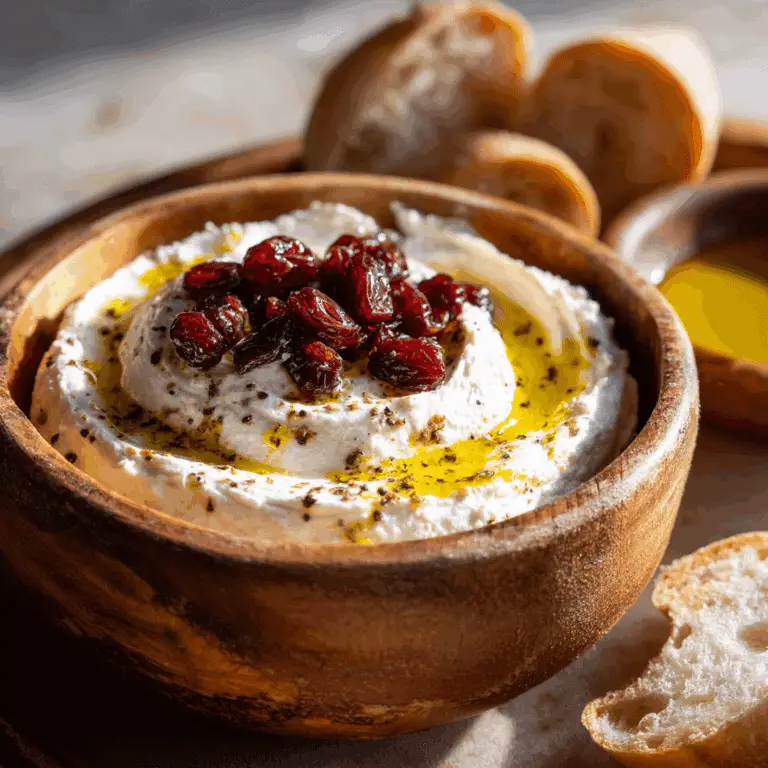If you’ve ever dreamed of capturing the vibrant, comforting flavors of the islands in your own kitchen, this Hawaiian Shoyu Chicken Recipe is exactly what you need. It’s a perfect harmony of sweet, salty, and savory notes with tender chicken thighs glazed in a luscious, caramelized shoyu sauce. Each bite takes you on a mini-vacation, offering crispy skin and melt-in-your-mouth meat infused with ginger and garlic goodness. Whether you’re craving a cozy weeknight dinner or a dish that wows guests, this recipe delivers that unmistakable tropical magic effortlessly.
Ingredients You’ll Need
These ingredients are simple yet essential, each playing a pivotal role in developing the iconic flavor, texture, and aroma of Hawaiian Shoyu Chicken Recipe. From the brightness of fresh ginger to the rich umami depth of soy sauce, you’ll see how every component blends beautifully.
- Neutral oil: Helps crisp up the chicken skin without overwhelming the flavors.
- Bone-in, skin-on chicken thighs: Juicy and tender, perfect for soaking up marinade and staying moist.
- Kosher salt: Enhances the natural flavor of the chicken and balances the sweetness.
- Fresh ginger, peeled and thinly sliced: Adds a warm, zesty kick that awakens the palate.
- Garlic cloves, thinly sliced: Offers a fragrant, savory base that complements the sweetness.
- Light brown sugar: Provides just the right amount of caramel-like sweetness for the glaze.
- Reduced-sodium soy sauce (preferably Aloha): Brings the umami punch and authentic Hawaiian character.
- Water: Used to balance the sauce and adjust thickness without diluting flavors.
- Cornstarch: Thickens the sauce to a glossy glaze that clings to the chicken.
- Scallion, thinly sliced (optional): Adds a fresh, mild onion flavor and bright green color for garnish.
How to Make Hawaiian Shoyu Chicken Recipe
Step 1: Cook the Chicken
Begin by heating oil in a large, deep skillet or Dutch oven. Season your chicken thighs generously with kosher salt for flavor depth. Arrange the thighs skin side down in the cold pan and cook over medium heat without moving them. This creates beautifully golden, crispy skin—something you absolutely don’t want to rush. After about 10 minutes, flip the chicken to briefly cook the other side, then transfer it to a plate. This initial sear locks in flavor and texture that define the dish.
Step 2: Sauté Aromatics and Make the Sauce
Using the same skillet, toss in your sliced ginger and garlic, stirring them just until fragrant. This step fills your kitchen with that signature Hawaiian aroma and builds a flavorful base. Next, stir in the brown sugar, soy sauce, and half a cup of water, whisking until the sugar dissolves. Return the chicken, skin side up, to the skillet so it can bathe in the savory-sweet sauce, soaking up all those lovely flavors.
Step 3: Simmer the Chicken
Bring everything up to a boil over medium-high heat, then reduce to medium-low and cover the skillet. Let the chicken gently simmer for about 13 to 18 minutes, until it’s cooked through and reaches an internal temperature of 165°F. This slow simmer tenderizes the meat beautifully while intensifying the sauce.
Step 4: Reduce the Sauce
Remove the cooked chicken to a clean plate. Bring the sauce to a boil over medium-high heat, then simmer on medium-low, stirring occasionally until it thickens slightly and deepens to a rich brown. This concentrated sauce is where all the magic really starts to shine.
Step 5: Thicken Glaze and Finish
Whisk cornstarch with the remaining tablespoon of cold water to create a slurry. Stir this into the simmering sauce, thickening it quickly into a glossy, clingy glaze. Return the chicken to the skillet and toss it gently to coat each piece in this luscious shoyu goodness. If using, sprinkle sliced scallions on top for a fresh, colorful finish.
How to Serve Hawaiian Shoyu Chicken Recipe

Garnishes
A sprinkle of scallions not only brightens up the plate visually but adds a subtle fresh bite that cuts through the rich glaze beautifully. You can even add a few toasted sesame seeds for that extra hint of nuttiness and texture contrast.
Side Dishes
This chicken pairs wonderfully with simple steamed white rice or coconut rice to soak up every drizzle of the sauce. For a veggie boost, try sautéed bok choy, steamed broccoli, or even a crisp slaw with a tangy pineapple dressing to keep things fresh and vibrant.
Creative Ways to Present
For a fun twist, turn this into a Hawaiian-inspired bowl with rice, chicken, tropical fruit like mango or pineapple chunks, and a drizzle of extra sauce. Alternatively, shred leftover chicken for sticky rice musubi or tacos with a crunchy slaw and spicy mayo—versatility is one of the best parts of this Hawaiian Shoyu Chicken Recipe.
Make Ahead and Storage
Storing Leftovers
Let the chicken cool to room temperature before transferring to an airtight container. Stored properly in the refrigerator, it will stay fresh for 3 to 4 days, making it perfect for quick lunches or lazy dinners later in the week.
Freezing
You can freeze cooked chicken in the shoyu glaze for up to 3 months. Be sure to use a freezer-safe container or heavy-duty freezer bags. Thaw overnight in the refrigerator before reheating to maintain texture and flavor integrity.
Reheating
Reheat gently on the stovetop over low heat, adding a splash of water or broth if the sauce seems too thick. Avoid the microwave if possible, as this can dry out the chicken and toughen the skin. Slow and steady keeps that iconic tenderness and caramelized glaze just right.
FAQs
Can I use boneless chicken thighs instead of bone-in?
Absolutely! Boneless thighs will cook faster and remain juicy, but bone-in with skin on is ideal for that classic flavor and crispy texture. Just adjust cooking time accordingly to avoid overcooking.
Is there a substitute for brown sugar in the sauce?
You can use white sugar or even honey as alternatives. Brown sugar adds a molasses note that’s very characteristic, but honey gives a nice floral sweetness if you prefer a slight twist.
Can this recipe be made gluten-free?
Yes! Simply swap the soy sauce for a gluten-free tamari or coconut aminos. All other ingredients are naturally gluten-free, so this dish remains just as delicious and safe for gluten-sensitive folks.
How important is it to use reduced-sodium soy sauce?
Using reduced-sodium soy sauce allows you to control the saltiness and balance the other flavors better. If you only have regular soy sauce, reduce or omit the added kosher salt to avoid an overly salty dish.
Can I prepare this recipe in advance for a party?
Definitely! You can cook the chicken and glaze a day ahead, refrigerate, and then reheat gently before serving. The flavors often deepen overnight, making your Hawaiian Shoyu Chicken Recipe even more irresistible at your gathering.
Final Thoughts
This Hawaiian Shoyu Chicken Recipe is a joyful celebration of comforting island flavors that’s surprisingly easy to make at home. It hits all the notes you crave—crispy skin, tender meat, and a sweet-savory glaze that’s downright addictive. Give it a try and treat yourself, family, and friends to a little taste of paradise any night of the week. You’ll wonder how you ever lived without it!
Print
Hawaiian Shoyu Chicken Recipe
- Prep Time: 10 minutes
- Cook Time: 35 minutes
- Total Time: 45 minutes
- Yield: 4 servings
- Category: Main Course
- Method: Stovetop
- Cuisine: Hawaiian
Description
This Hawaiian Shoyu Chicken recipe features tender, juicy chicken thighs cooked to crispy perfection in a flavorful soy-based glaze infused with ginger, garlic, and brown sugar. A comforting and savory dish that highlights classic Hawaiian flavors, perfect for a family dinner or casual gathering.
Ingredients
Chicken and Seasoning
- 1 Tbsp. neutral oil
- 2 lb. bone-in, skin-on chicken thighs
- 1 tsp. kosher salt
Aromatics and Sauce
- 1 (2″) piece ginger, peeled and thinly sliced
- 3 garlic cloves, thinly sliced
- 1/2 cup (107 g) packed light brown sugar
- 1/2 cup reduced-sodium soy sauce (preferably Aloha)
- 1/2 cup plus 1 Tbsp. water, divided
- 2 tsp. cornstarch
- 1 scallion, light and dark green parts only, thinly sliced (optional)
Instructions
- Cook Chicken: In a large, deep skillet or Dutch oven, heat 1 tablespoon of neutral oil. Season the 2 pounds of bone-in, skin-on chicken thighs all over with 1 teaspoon kosher salt. Arrange the chicken in the cold skillet skin side down. Cook over medium heat, without moving, until the skin is golden and crispy, about 10 minutes. Flip and cook for an additional 1 to 2 minutes. Remove chicken from skillet and transfer to a plate.
- Sauté Aromatics and Make Sauce: Using the same skillet, keep over medium heat and add the thinly sliced 2-inch piece of ginger and 3 cloves of garlic. Stir and cook until fragrant, about 1 minute. Add 1/2 cup packed light brown sugar, 1/2 cup reduced-sodium soy sauce, and 1/2 cup water, stirring until the sugar dissolves. Return chicken to skillet skin side up.
- Simmer Chicken: Bring the mixture to a boil over medium-high heat. Then reduce heat to medium-low, cover the skillet, and simmer until the chicken is cooked through and an instant-read thermometer inserted in the thickest part registers 165°F (74°C), about 13 to 18 minutes.
- Reduce Sauce: Remove the chicken from the skillet to a clean plate. Increase heat to medium-high and boil the sauce. Reduce heat to medium-low and simmer, stirring occasionally, until the sauce thickens slightly and turns a deep brown color, about 2 to 3 minutes.
- Thicken Glaze and Finish: In a small bowl, whisk together 2 teaspoons cornstarch with the remaining 1 tablespoon cold water. Add this mixture to the sauce and stir until thickened, about 1 minute. Return the chicken to the skillet and toss gently to coat in the glaze. Garnish with thinly sliced scallions if desired and serve warm.
Notes
- For best flavor, use bone-in, skin-on chicken thighs as they stay moist during cooking and provide crispy skin.
- Using reduced-sodium soy sauce helps control the sodium content without compromising flavor.
- Adjust the brown sugar quantity to modulate the sweetness to your preference.
- The glaze can be served over steamed rice for an authentic Hawaiian meal experience.
- Make sure the chicken reaches an internal temperature of 165°F to ensure it is cooked safely.
- For a thicker glaze, you can increase the cornstarch slightly but add it gradually to avoid over-thickening.


